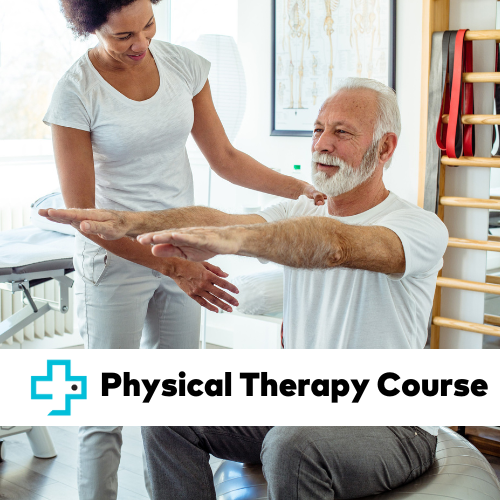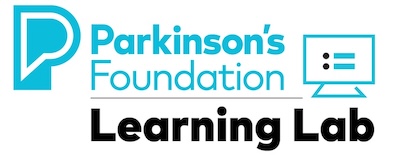Optimizing Gait, Balance, & Dual Tasking
 Chapter Four focuses on evidence-based techniques to optimize gait and balance for people with PD, as well as the benefits of dual task training interventions.
Chapter Four focuses on evidence-based techniques to optimize gait and balance for people with PD, as well as the benefits of dual task training interventions.
You'll learn various techniques to enhance the quality and quantity of these movement impairments as we demonstrate how to use various assessments and rehabilitation tools to manage these challenges.
Syllabus | |
Lesson 1 Lesson Quiz Lesson 2 Lesson Quiz Lesson Quiz Lesson Quiz Lesson 5 Lesson Quiz Lesson 6 Lesson Quiz | |
Learning Objectives
At the end of this chapter, the learner will be able to:
- Identify and define the 6 domains of balance, clinically assess balance disorders, and apply evidence for improving the balance domain and falls in PD.
- Identify the changes in walking quality and quantity associated with PD, compare and contrast the effects of different assistive devices on gait, and summarize current evidence on the benefits of treadmill and overground gait training methods.
- Understand the theoretical framework for dual task interference, differentiate assessment methods and red flags for dual task interference, and organize the main principles of building a dual task training program.
- Identify treatment strategies for freezing of gait, cueing techniques for gait impairments, and methods of dual task training.
- Identify environmental triggers leading to freezing of gait, list strategies to manage freezing of gait, and employ various strategies to assist patients with managing freezing of gait.
Syllabus | |
Chapter One Chapter Two Chapter Three Chapter Four Chapter Five Chapter Six | |

 Facebook
Facebook X
X LinkedIn
LinkedIn Forward
Forward